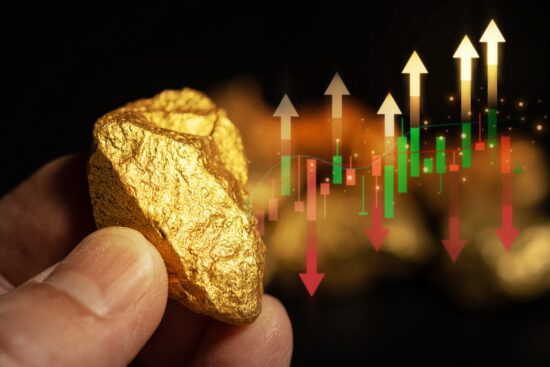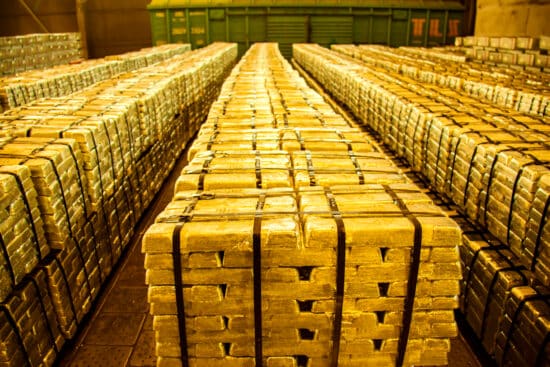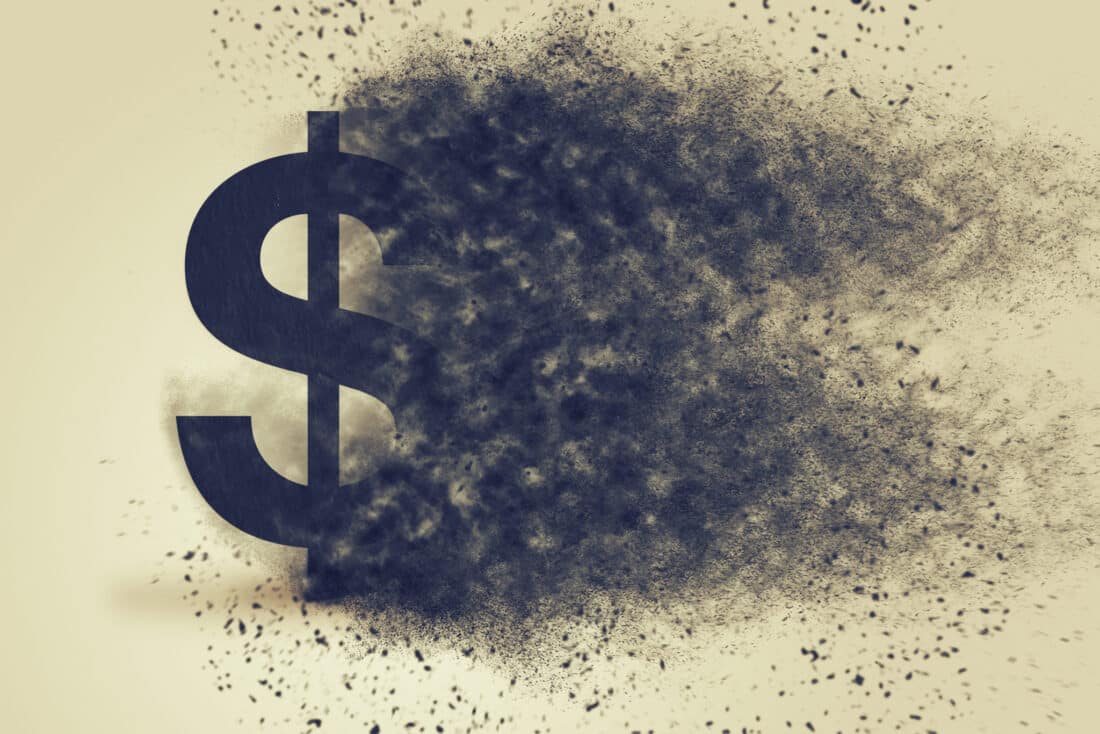
Surging Russia Oil Business And The Sustained War Effort
EDITOR'S NOTE: The international community has been closely monitoring the ongoing conflict between Russia and Ukraine, as well as the economic repercussions of Russia's actions. A recent report by Business Insider highlights a crucial aspect of this complex situation: Russia's oil business appears to be more robust now than before the invasion of Ukraine, with countries like China and India increasing their purchase of Russian crude oil.
The surge in Russia's oil revenue raises concerns, as these funds play a vital role in financing the country's war efforts. With Moscow's oil business thriving amidst global tensions, the dynamics of the conflict are further complicated and hopes for a swift resolution may be dashed. In this article, we will explore the factors contributing to Russia's booming oil industry, the implications of increased oil revenue on the ongoing conflict, and the challenges faced by the international community in addressing this multifaceted crisis.
- Russia's exports of crude oil have now surpassed the volumes hit before its invasion of Ukraine.
- China and India account for roughly 90% of Russia's seaborne crude exports, Kpler data shows.
- With Europe largely out of the picture, the two countries are each buying 1.5 million barrels a day from Russia.
Russia has been able to navigate Western sanctions well enough to push oil exports above levels reached before its war on Ukraine — and new data suggests that Moscow has China and India to thank for that.
In the first quarter, Russia's seaborne crude oil exports totaled 3.5 million barrels per day versus 3.35 million barrels in the year-ago quarter, the tail end of which saw the start of Russia's war on Ukraine.
China and India now account for roughly 90% of Russia's oil, with each country snapping up an average of 1.5 million barrels per day, according to commodities analytics firm Kpler,
That's enough to absorb the shipments that no longer head to European nations, which used to account for nearly two-thirds of Russia's crude exports. Europe now takes in only 8% of Russia's oil exports, per Kpler.
"Both China and Russia are taking advantage of discounted Russian crude, benefiting from the sanctions applied on Russian materials by other countries," Matt Smith, lead oil analyst at Kpler, told Insider Friday.
Behind China and India, Turkey and Bulgaria are the biggest buyers of Russian crude.
Even before Vladimir Putin launched his war on Ukraine, China was already a top buyer of Russian crude, importing 25% of its crude from the country in 2021. That's since climbed to 36%, Kpler data shows.
India, the world's third-largest oil importer, relied on Russia for about 1% of its total volumes prior to the war, but now buys 51% of its oil from Russia.
The US has led Europe and other Western nations in imposing sanctions and energy price caps on Russia, designed to maintain market flows while curtailing Moscow's export revenue.
European Central Bank calculations show trade volume between the euro area and Russia has halved since February 2022, with the bloc's imports of Russian imports seeing particularly steep declines following the bans on coal in August 2022, crude oil in December 2022, and refined oil products in February 2023.
The ECB chart below shows a similar pattern illustrated in Kpler's data, with Russian seaborne crude exports shifting toward Asian buyers and away from Europe.
Source: Markets Insider
To be sure, the revenue Russia generates from its energy exports has fallen along with the drop in prices, even as volumes remain elevated.
The International Energy Agency said Friday that Moscow's revenue is down about 43% compared to the same time last year.
But oil prices are heading back up as China's reopening economy drives demand while OPEC and Russia pinch supplies.
Earlier this month, OPEC+ announced a surprise production cut of over 1 million barrels a day, with Russia extending its 500,000-barrel-a-day pullback through mid-2023.
Originally published by: Phil Rosen on Markets Insider
sign up for the newsletter
By signing up, you agree to our Privacy Policy and Terms of Use, and agree to receive content that may sometimes include advertisements. You may opt out at any time.












